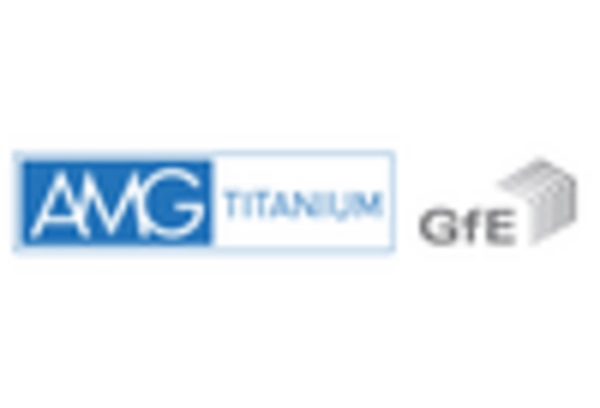US Strontium Market Summary
As per Market Research Future analysis, the US strontium market Size was estimated at 84.0 USD Million in 2024. The US strontium market is projected to grow from 88.03 USD Million in 2025 to 140.72 USD Million by 2035, exhibiting a compound annual growth rate (CAGR) of 4% during the forecast period 2025 - 2035
Key Market Trends & Highlights
The US strontium market is experiencing notable growth driven by diverse applications and technological advancements.
- The electronics segment is currently the largest, reflecting a rising demand for strontium in various electronic components.
- Medical applications are emerging as the fastest-growing segment, fueled by increased awareness of bone health and related treatments.
- Sustainability concerns are influencing market dynamics, with a shift towards environmentally friendly production methods.
- Technological advancements in manufacturing and the expansion of the pharmaceutical sector are key drivers propelling market growth.
Market Size & Forecast
| 2024 Market Size | 84.0 (USD Million) |
| 2035 Market Size | 140.72 (USD Million) |
| CAGR (2025 - 2035) | 4.8% |
Major Players
Alkali Metals Limited (IN), American Elements (US), GfE Metalle und Materialien GmbH (DE), Strontium Products LLC (US), Reade International Corp (US), Molycorp Inc (US), China Minmetals Corporation (CN), Shaanxi Jinchuan Chemical Group Co Ltd (CN)
















